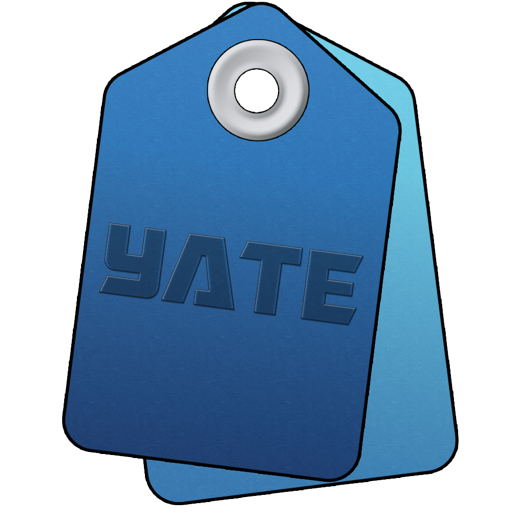

Every action editor window has a Find panel displayed via Edit>Find or ⌘F. You can search for a variety of item types. The buttons at the top of the panel are used to provide quick access to any item type. With the exception of the Text and Fields buttons, a button is only enabled if it is relevant.
When the panel is displayed it will display the metadata for the last find performed, (if any). The Next and Previous buttons can be used to search for the next or previous occurrence of the data being searched. The All button will select all occurrences of the data being searched.
With the exception of Text, all find types can start searching immediately as soon as sufficient data is available. For example when Named Variables is selected a menu will be displayed with the available named variables. When a menu item is selected, the search can commence immediately. If the Warnings button is enabled and selected a search can start immediately.
You can enable or disable the immediate search functionality by setting or clearing the checkbox on the Find immediately setting displayed in the panel. When a search is started immediately it is equivalent to hitting the Next button. You can override the choice of Next by holding down the Shift key for Previous or the Option key for All.
The following table describes the types of searches that can be performed:
| Find Button | Effect |
|---|---|
| Text | You enter a text pattern to search for. The search is case insensitive and is made against each line's displayed text. |
| Fields | A menu is displayed with all available field names. Select a menu item to search for the field. |
| Named Variables | A menu is displayed containing all named variables referenced by the action. Select a menu item to search for the named variable. |
| Track Variables | A menu is displayed containing all referenced track variables. Select a menu item to search for the track variable. |
| Runtime Setting | A menu is displayed containing all referenced action runtime settings. Select a menu item to search for a runtime setting. |
| Warnings | Search for an action statement which has a warning. |
| Disabled | Search for an action statement which is disabled. |
| Statement | Search for the statement currently selected in the Functions column. (ie. the statement currently displayed in the help panel). The button's tooltip will display the name of the currently selected statement. If the selected statement is not used, the button will be disabled. You can also find a statement from the context menu of the window's Functions column. This avoids having to select the statement in the Functions column, opening the Find panel and clicking on the Statement button. |
| Inline Actions | A menu is displayed containing the names of all declared inline actions. Select a menu item to search for the selected action's Start statement. |
| Action Callers | A menu is displayed containing the names of all referenced actions. Select a menu item to search for a statement which references the selected action. |
| Debug Stmt | Search for a Debug statement. |
| Marked | Search for a statement which has been marked as being a debug statement. |
| Breakpoints | Search for a statement which has a breakpoint. |
| Any Debug | Search for any statement which would be matched by the Debug Stmt, Marked or Breakpoints buttons. |
| Container | A menu is displayed containing all referenced containers. Select a menu item to search for a statement which references the selected container. |
Disabled items are not matched unless you are searching for Disabled, Debug or Statement.
Once a search has been performed from this panel, you can do a find next via ⌘G and a find previous via ⇧⌘G.
The next time the panel is opened the information relating to the previous find is displayed ... if it is still valid. Note that if the last search type was Statement this does not hold. Statement will always switch to the selected statement when the Find panel is displayed.